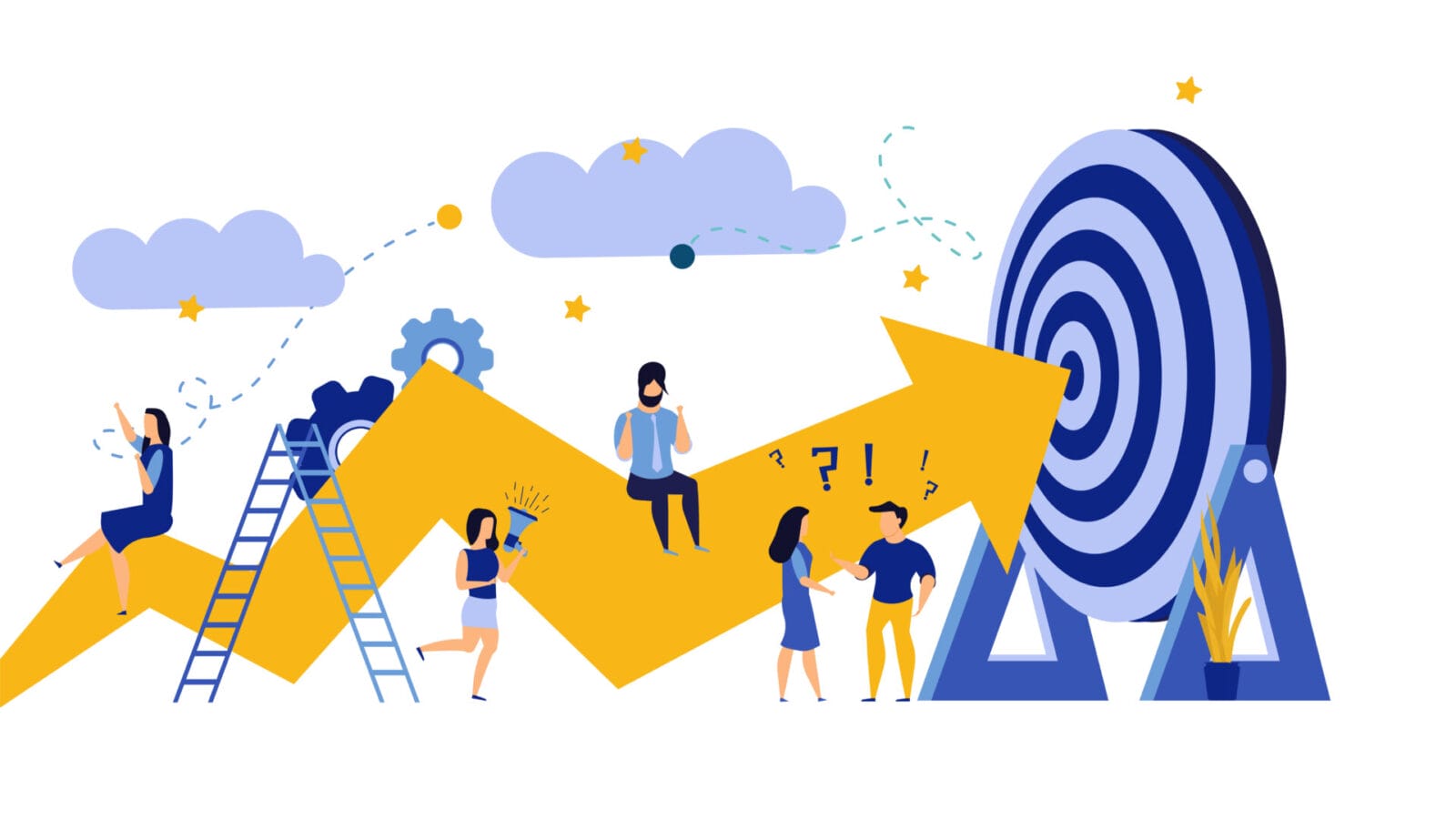Turning Insights into Action: Leading Employee Volunteering Through Change

If you’re leading employee volunteer efforts or shaping CSR strategy, you’ve likely felt it: the ground beneath our work is shifting. We’re living through a time marked by social, economic, technological and political upheaval. And while it may feel easier or safer to wait for clarity, the truth is: some of the most transformative innovations in corporate social impact emerge precisely during times of uncertainty.
Since 2020, the workplace has undergone seismic changes. Remote and hybrid work are now normalized. Employees are redefining purpose and belonging. Today’s workforce is more generationally diverse than ever before. Meanwhile, movements for social justice, scrutiny of DEI and ESG, and the explosion of generative AI have reshaped how organizations think about leadership, responsibility and trust.
These moments have surely challenged us, but they’ve also opened the door to something greater. Because uncertainty doesn’t just disrupt. It creates turning points. It invites us to think differently, build deeper partnerships and design programs that are more authentic, inclusive and better aligned with employees, nonprofit partners and what communities truly need.
This is especially true for employee community engagement. What was once considered a “nice-to-have” is now central to how companies build culture, foster trust and contribute to a better world. Whether you’re running point on a day-to-day employee volunteer program or making enterprise-wide CSR decisions, this is your moment to shape what comes next.
This blog kicks off a three-part series exploring how moments of disruption have—and will—fuel innovation in corporate citizenship and how you can meet this moment with courage and creativity. We’ll also highlight actions you can take now to help your programs stay resilient and future-ready.
Part 1: Where We Were
We’ll look back at the evolution of employee volunteering pre-2020 and in “the before times.”
- How did we define success in earlier models?
- Who benefited and who was left out?
- What lessons from the distant past still shape us today?
Turning Insights into Action
Before you can build what’s next, you need to understand what brought you here. These steps will help you evaluate past frameworks, uncover hidden assumptions and carry forward the lessons that still serve.
- Audit impact evaluation. Review how you measured success before 2020 compared with now. Was it hours logged, dollars donated or meaningful community outcomes?
- Map mindset shifts. Identify the assumptions that drove earlier programs and assess which ones need to evolve.
Understanding our history can illuminate what needs to change and the strengths we can carry forward.
Part 2: Where We Are
We’ll examine today’s environment: political headwinds, DEI and ESG scrutiny, AI’s emergence and post-pandemic workforce shifts.
- What pressures are forcing CSR programs to evolve?
- How are leading companies adapting to create more material, inclusive and responsive engagement?
Turning Insights into Action
This moment calls for responsive, values-driven leadership. Use these ideas to align your programs with the changing needs of employees, nonprofits and society without losing your core mission.
- Evaluate accessibility and power dynamics. Can employees regardless of role or work setting engage meaningfully in myriad ways to create positive change? Are you co-designing volunteer initiatives that reflect diverse employee identities and serve both community and business priorities?
- Explore responsible AI integration. Try AI to streamline efficiencies but keep human connection at the core.
Today’s challenges create urgent opportunities to design programs that are more resilient, material, equitable and grounded in trust.
Part 3: Where We’re Headed
We’ll explore future-forward practices that center trust, shared leadership and measurable impact.
- What innovations are reshaping employee engagement and corporate impact?
- How can we co-create a future that is more human-centered, scalable and addresses systems change?
Turning Insights into Action
What you do today will define the next chapter of your company’s impact. These actions help you design for long-term relevance, deeper connection and shared value.
- Center nonprofit voice. Create feedback loops that ensure nonprofit partners shape—not just receive—your volunteer initiatives.
- Shift from transactions to relationships. What practices can you integrate that move you toward transformative, deeper engagements for community partners and employee volunteers?
- Embed measurement from the start. Co-define success metrics that go beyond participation rates to reflect meaningful, lasting outcomes.
The future of employee volunteering depends on bold leadership, intentional design and a willingness to reimagine from the ground up.
A Shared Opportunity to Lead What’s Next
For CSR executives, this is a chance to go beyond legacy approaches and build purpose-centered strategies that strengthen your company’s culture, brand and social license to operate. For employee volunteer managers, this is an invitation to step into deeper leadership by amplifying employee and nonprofit voices, embedding equity and building accessible, scalable initiatives that truly make a difference.
We hope this series helps you see uncertainty not as something to manage, but as something to leverage. Because the most relevant and resilient programs of the future won’t come from playing it safe. They’ll emerge from the courage to innovate in moments like this one.
This is a moment for listening deeply, reimagining boldly and building human-centered programs that are more resilient, impactful and accessible.
